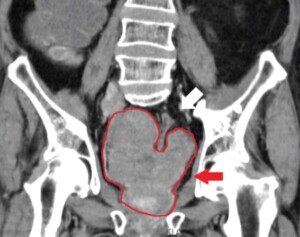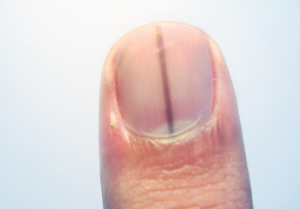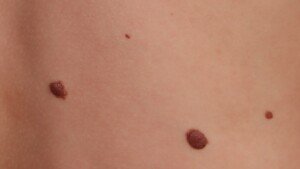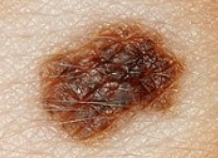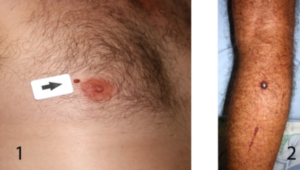
So which is better for diagnosing heart disease: CT angiogram or a catheter angiogram, which is invasive and carries big risks?
Are you aware of the less-invasive procedure of CT angiography to obtain images of blocked arteries in your heart?
The CT angiography also goes by the name computed tomography angiography (CTA).
It’s not as expensive as the invasive angiogram, the latter requiring catheterization (tubes) inserted into your body — beginning at the groin and threaded through the blood vessels leading into your heart.
Angiography via catheter carries the same risks as major surgery, including blood clots, cardiac arrest and infection.
A CT angiograph, however, does not pose these risks, and according to a study done at Thomas Jefferson University, the CT angiography is a good alternative for people who had a cardiac stress test (usually done with a treadmill) indicating coronary artery disease — but also have below a 50 percent chance of having significant blockage.
Why would a person undergo a cardiac stress test in the first place?
Some people, upon reaching a milestone age such as 50, will undergo this procedure simply to see if their heart is healthy.
Others will be spurred by a family member’s recent heart attack or, perhaps, a stent placement after the family member complained of symptoms.
And while others will get the test ordered due to complaints of symptoms such as chest pain and shortness of breath upon mild exertion.
In either group of patients — those without symptoms and those with symptoms — a positive stress test (showing blockages in the arteries) — a referral is often given for a cardiac catheterization.
The TJU study showed that even for patients with chest pain, the CT angiogram was a viable alternative that could effectively triage those patients.
What exactly is a CT angiogram?
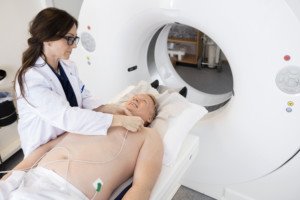
CT (“CAT”) scan. Shutterstock/Tyler Olson
“CT angiogram is preferable, as it is a non-invasive test, particularly for patients who are likely to be NOT requiring stents or need to be treated with medications only,” says Asim Cheema, MD, who’s board certified in internal medicine, cardiovascular diseases and interventional cardiology by the American Board of Internal Medicine. Dr. Cheema is with Your Doctors Online, an online doctor chat site.
The CT angiogram involves lying in the CT scanner, after being injected with a contrast dye to show images of the coronary arteries.
The test is painless but does come with radiation exposure from the CT scanner.
This is something the patient will have to speak to his or her doctor about, as far as any increase in the risk of a future cancer development.
Nevertheless, the CT angiogram does not pose any immediate life-threatening risk such as a stroke, heart attack or infection — though a life-threatening allergic reaction to the dye can happen in very rare cases.
Amount of Radiation
The amount of radiation received from one CAT exam is the equivalent of about the same amount of “background” radiation a person receives over a time period of eight months to three years.
Background radiation comes from naturally occurring radioactive materials. CAT scans are not recommended for pregnant women.
Possible Side Effects
Though a life-threatening allergic reaction to the contrast dye is rare, less serious complications can occur, such as nausea, flushing and itching.
Kidney damage can also result. People with the following conditions may not qualify for a CT angiography:
- Kidney problems
- Diabetes
- Pre-existing allergy to contrast dye
- Weight of over 300 pounds (some X-ray tables do not support this load).
This all sounds scary, but here are possible complications of the angiogram (cardiac catheterization), but note that they are rare:
- Heart attack
- Stroke
- Injury to the catheterized artery
- Injury to the heart
- Excessive bleeding
- Blood clots
- Kidney damage
- Allergic reaction to the dye (yes, a dye is used for this procedure too).
- X-ray exposure should also be considered.
The biggest risk of all, however, is having extensive blockage in your arteries (coronary artery disease), and delaying getting an accurate diagnosis.
If a cardiologist recommends that you need a catheter angiogram, there’s a very good reason for this, as the CT angiogram is NOT the gold standard for identifying the details of heart disease. Only the catheter procedure is.













